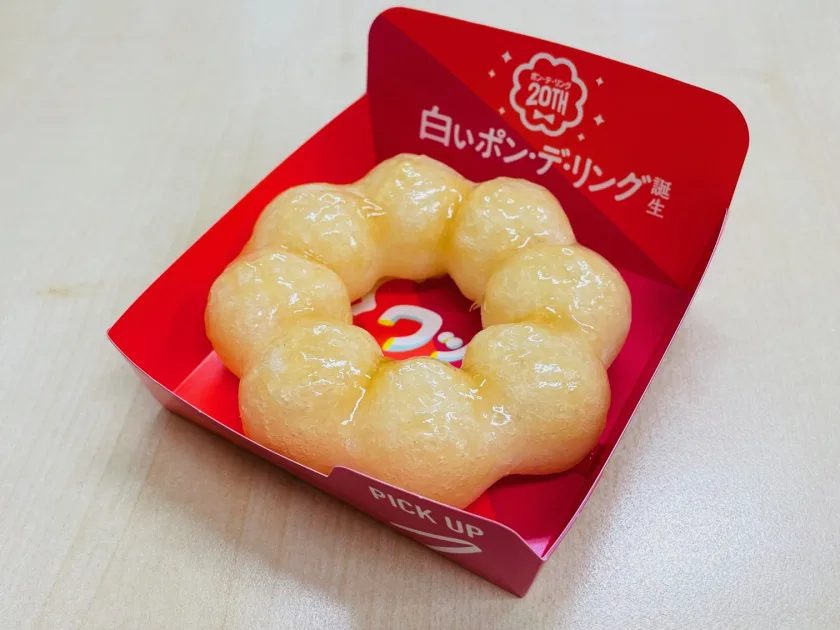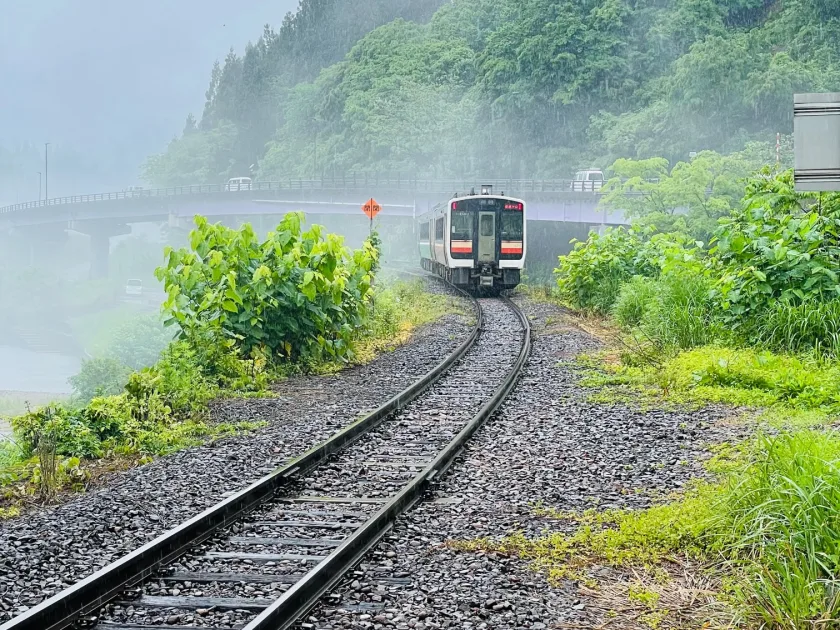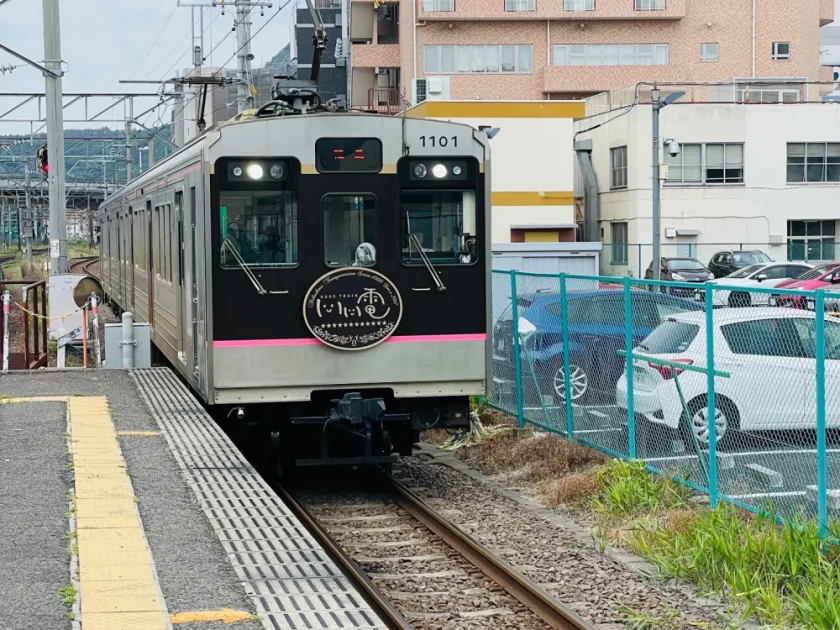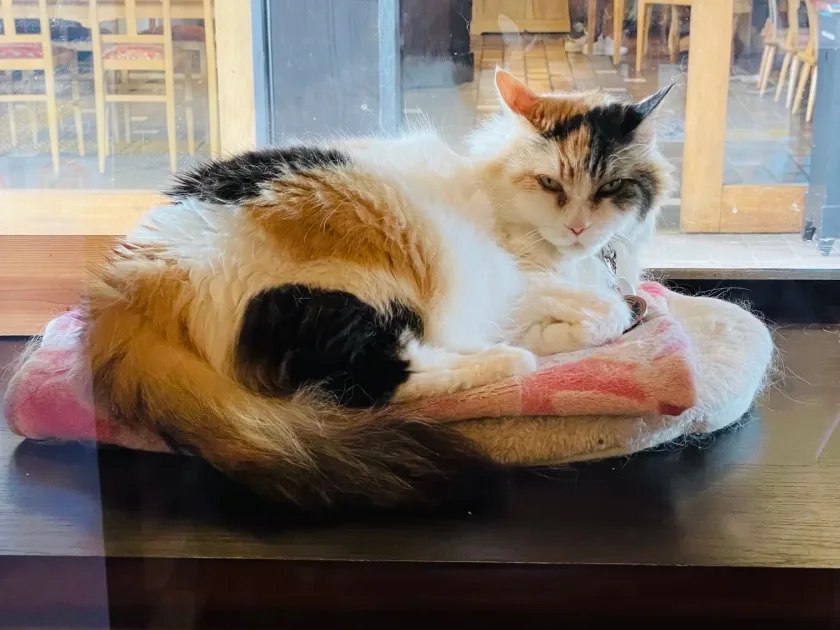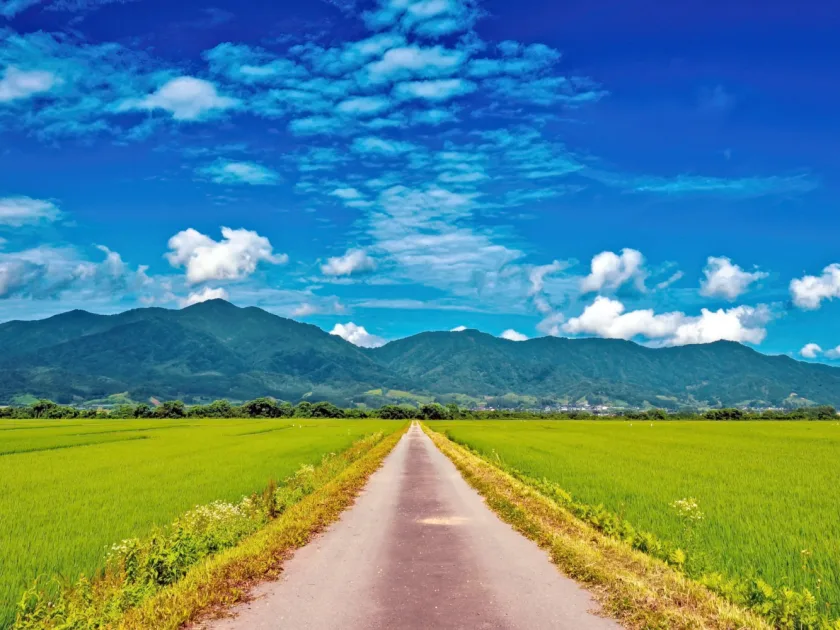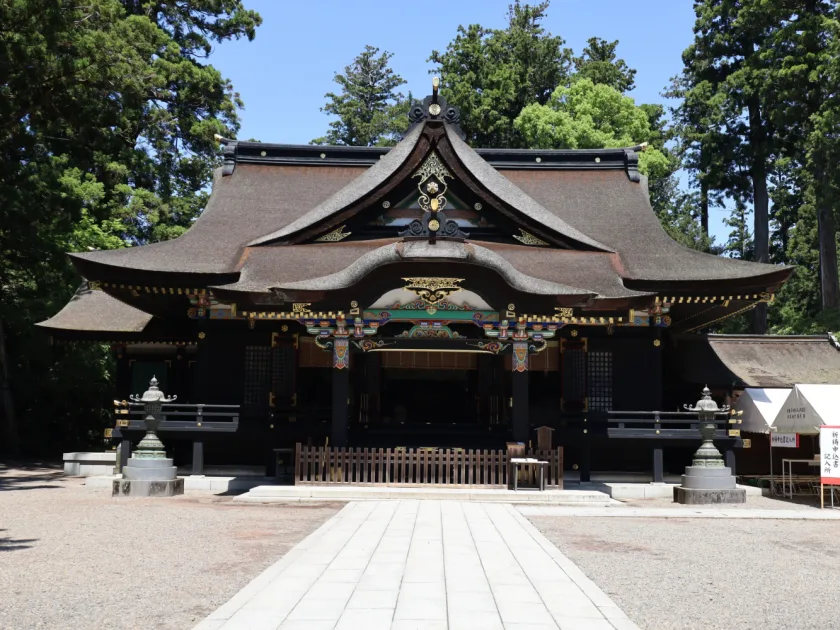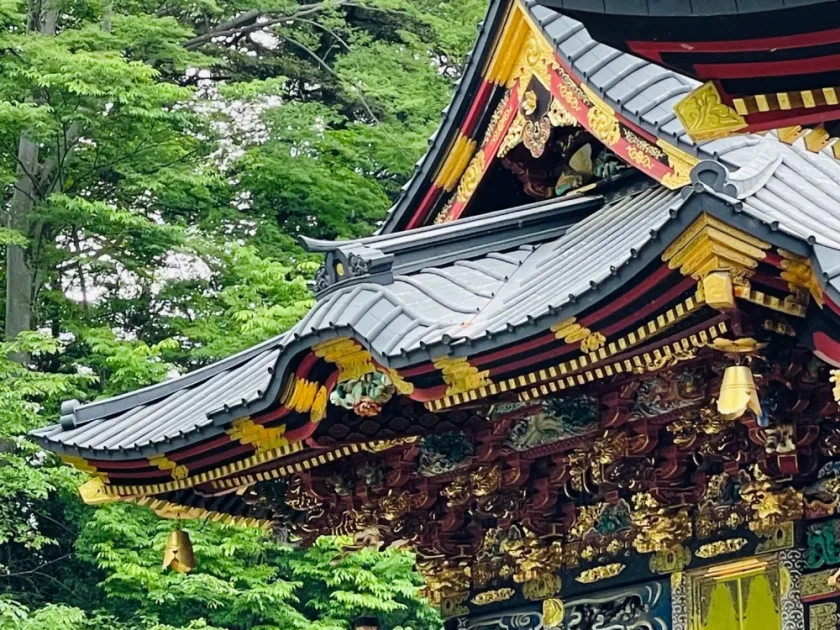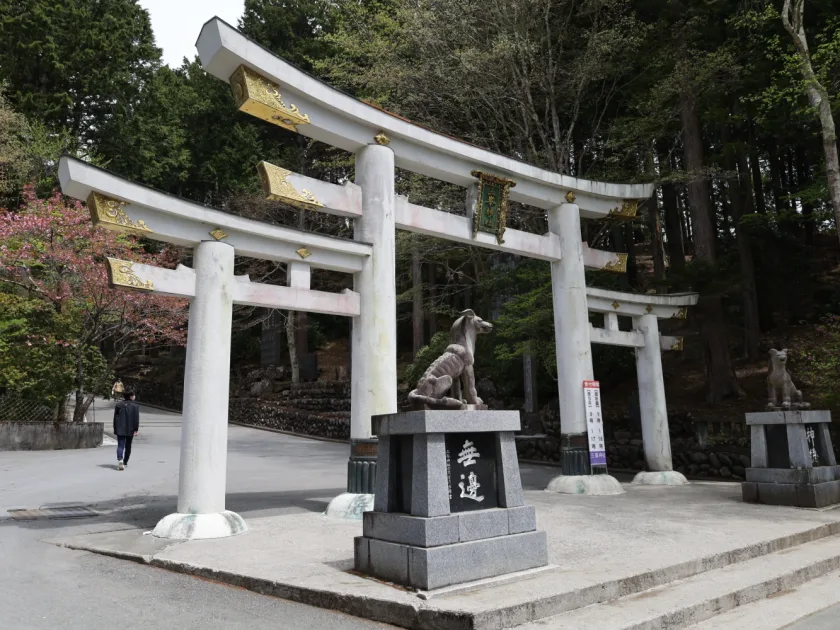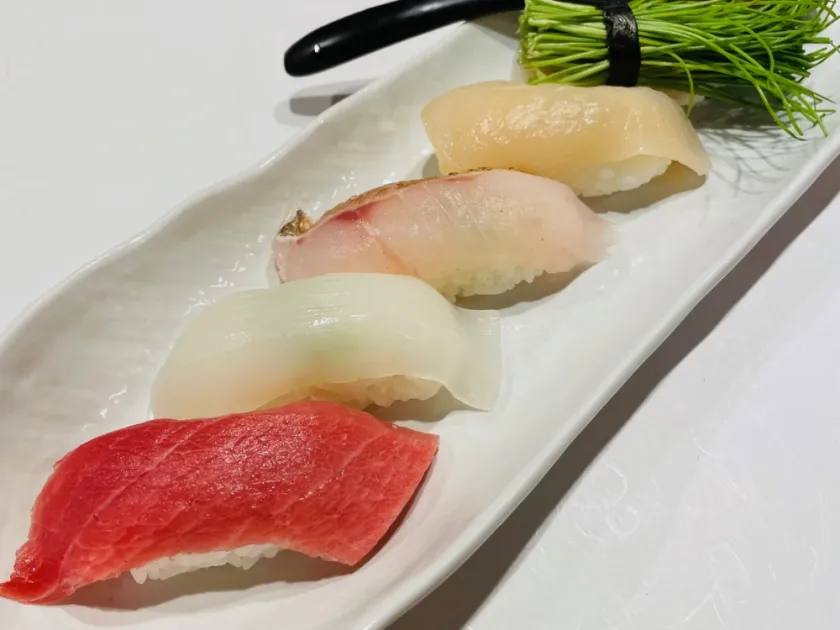10th Donut Donation Day for the Japan Braille Library
3rd donation to Japan Braille Library Table of Contents 1: 3rd donation to Japan Braille Library 2: Donut Donation Day 3: Keep supporting the Donuts Donation campaign 1: 3rd donation to Japan Braille Library We made our third donation to the Japan Braille Library through our donut donation campaign. Thank you to all the travelers for eating the donuts during their trip to Japan. After the donation, we received the following letter from the Japan Braille Library. “We are deeply grateful for your thoughtful assistance. Your support is more than invaluable to the work of our museum. We will continue our efforts to bring the joy of reading to the visually impaired.” Note: This photo shows the letter we received last time. 2: Donut Donation Day Again, we would like to explain Donut Donation. Donut Donation is a unique initiative in which we ask our email subscribers to eat a donut, and we donate the same amount of the donation to the Japan Braille Library. We started Donut Donations on 30 March, with days with a zero (the 10th, 20th, and 30th) as Donut Donation days. Today is the tenth Donut Donation Day. For every 1,000 yen worth of

